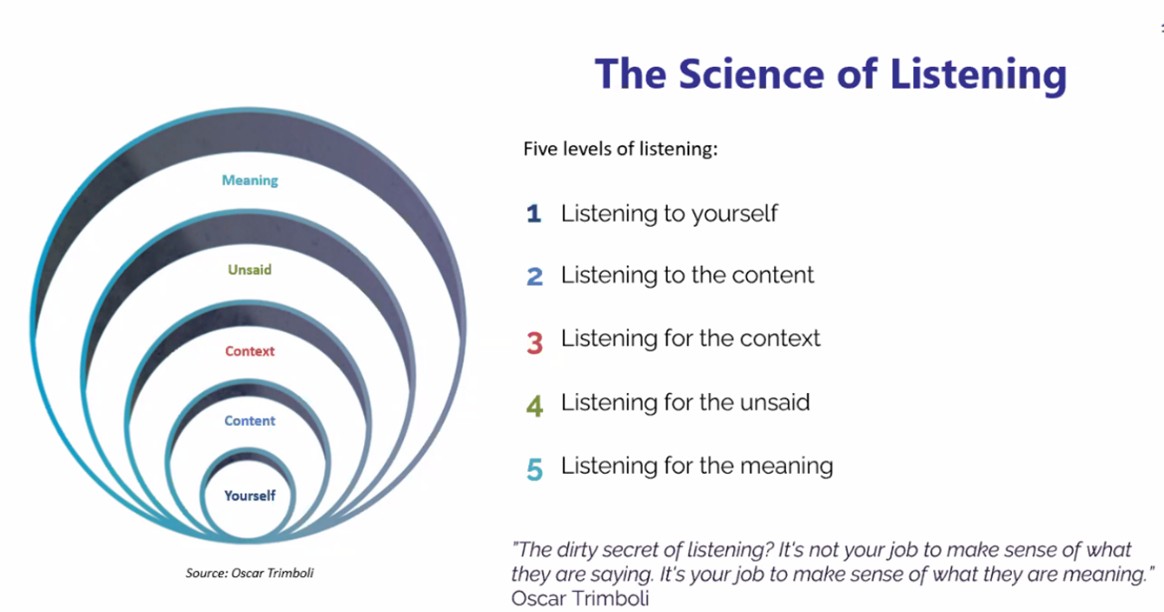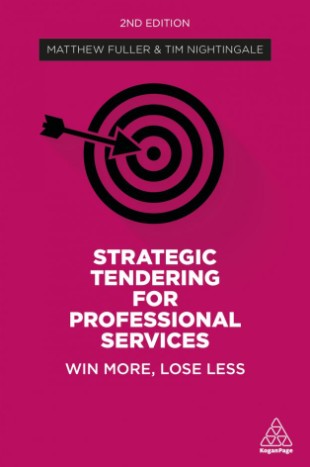
I had just a few minutes to help prepare a young professional for his first short (5 minutes) presentation at a competitive tender meeting. These were the key points discussed – 11 tips for your first presentation:
1. Prepare and rehearse – The more time and effort you invest in preparing and rehearsing your presentation, the more confident you will feel and your delivery will be improved Confidence to overcome a fear of failure – Kim Tasso
2. Structure content and key messages – Whilst you may have a lot to say it is vital that you organise the material around a limited number of key messages (i.e. around three). Consider the two or three things that you want the recipients to know or retain when you have finished speaking Power of three – Writing and presentation basics (Video) (kimtasso.com)
3. Focus on their interests – Check that the information you must present is conveyed in a way that is directly relevant to the client’s (not the firm’s) needs and interests. Mention value and benefits if you can – seek help if you are unsure about this
4. Make it memorable – Find a way to make your material memorable – it could be something as simple as starting each of the three points with the same letter (e.g. Relationship, Risks, Reporting). Or it may be the inclusion of case studies and anecdotes – stories are very powerful, particularly if they relate directly to the client’s situation Video – The art of storytelling – Kim Tasso explains
5. Use positive language – Keep sentences short and try to retain a positive tone to what you have to say. If you must address negative issues, follow them immediately with something positive.
6. Manage your own non-verbal communication – Obviously you will be nervous, but it is important to convey confidence and friendliness. Use the appropriate posture, hand gestures and facial expressions to convey confidence even if you don’t feel confident. Make sure you have eye contact with all members of the client panel. Non-Verbal Communication (NVC) – the basics (Video) (kimtasso.com)
7. Read others non-verbal communication – Watch the non-verbal communication of those to whom you are presenting – look for signs when they hear something of particular interest and consider how they are relating to you, your team and to each other.
8. Signpost your content – Remember the old saying “Tell them what you are going to tell them, tell them and tell them what you have told them” . Help the listeners navigate – they need to know where you are and where you are going. Reinforcement of your key messages will also help retention. The primacy effect means people remember the first thing you say and the recency effect is also powerful as people also recall the last thing you say.
9. Be part of the team – While your colleagues and the clients are speaking look at them (don’t look at your notes or out of the window)
10. Use notes not a script – To keep your language natural and to maximise eye contact, use some bullet points notes to prompt you rather than a full script
11. Welcome questions – Whilst you may feel nervous about the prospect of being asked questions that you don’t know how to answer, you should welcome them. It shows that the audience are interested in what you are saying or have said. And a primary aim of most presentations is to promote dialogue. The senior person chairing the session should help protect you from questions that are best addressed by others. Pitching and tendering – Manage objections – Kim Tasso
Other posts on presentation skills
An introduction to presentation skills – Easy as ABC (Video) (kimtasso.com)
Presentation skills – Preparing the content and delivery (kimtasso.com)
Winning pitch presentations – tips for competitive tendering (kimtasso.com)
Presentation skills – TED Talks Chris Anderson book review (kimtasso.com)
Book review – Persuasive Presentations by Duarte (kimtasso.com)
Book review – The presentation book by Emma Ledden (kimtasso.com)
Perfect pitches – Five key points (Video) Kim Tasso
How to Give a Killer Presentation (hbr.org)









